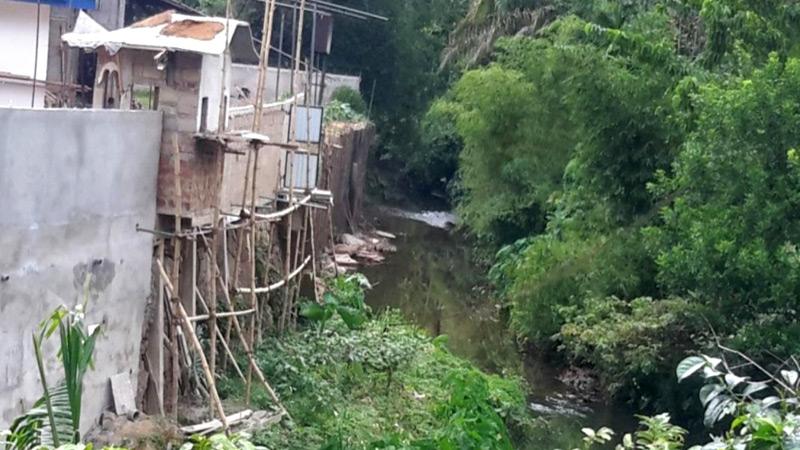
World River Day is marked on September 4 every year. The United Nations declared the World River Day in 2005. Sri Lanka celebrated it in 2018. Awareness programs on saving rivers were organised in the 14 irrigation directors regions in the country focusing on a river in the region.
From ancient times, rivers have been the most reliable and closest water source to human beings. The oldest human civilisation emerged from Euphrates and Tigris river basins which is identified as the Masapothenium Civilisation.
The Indus valley civilisation was based on Indus river basin whereas Chinese civilisation originated in yellow and Yangtze river valleys. Sri Lanka’s civilisation emerged from Malwathu Oya and Kala Oya river basin after the arrival of Aryans.
As a result of the unwarranted and selfish human activities, rivers, such as Misisipi in America, Sano in Italy, Maribaoe in Philipines, Yellow in China and Ganga in India are on the verge of destruction.
In Sri Lanka, there are 103 major rivers starting from the central mountain zone. The river basins of the major rivers are extending to about 60,000 square kilometres, which is 90 percent of Sri Lanka. The co - existence life style of the past has been deteriorating.
The major threats are sand mining, excavation for clay and gemming affecting the river system. Recent surveys have identified that around 30 major rivers, such as Mahaweli, Kelani, Deduru, Kala, Malwathu, Gin, Nilwala, Ma Oya and Kalu have been threatened with pollution.
Benefits for people
Economic, environmental and social values gained by the people from rivers are huge. For example, the Kelani river starts from the Adam’s peak and passes 145 kms to join the Indian ocean.
Kelani river belongs to the wet zone where the annual rainfall is 3,700 mm. Kehelgamuwaoya and Maskeliya Oya in the upper catchment area of Kelani river help generate hydro power. About 70 percent of water requirement in Colombo is fulfilled by Kelani river through the Ambatale pump house.
However, human activities, such as diverting sewerage systems of houses, hotels, factories along the river banks, unauthorised cultivation, including tea in the upper catchment area cause the pollution of water.
Up to Hanwella, the river bottom remains at a lower level than the sea level. A cross section measurement shows erosion is more than eight metres from the sea level.
This situation has caused sea water to flow interior along the river threatening the contamination of water at the Ambatale water purification plant and the pump house. It is being planned to construct a salinity bar across the river to save drinking water from being polluted.
Kelani, Kalu and Ma Oya rivers have been damaged due to sand and clay mining and gemming. Environmentalists have insisted the authorities to set up a work force to look after rivers. The Government has asked the Riverine Management Unit affiliated to the Irrigation Department to save river basins and rivers from pollution, contamination and destruction.
The Irrigation Department has entered into an MoU with the Samurdhi Development Department for employing river care takers. However, this program is not progressing. The Department has also launched the “Pivithuru Ganga” program to make people aware of the importance of keeping rivers clean.

